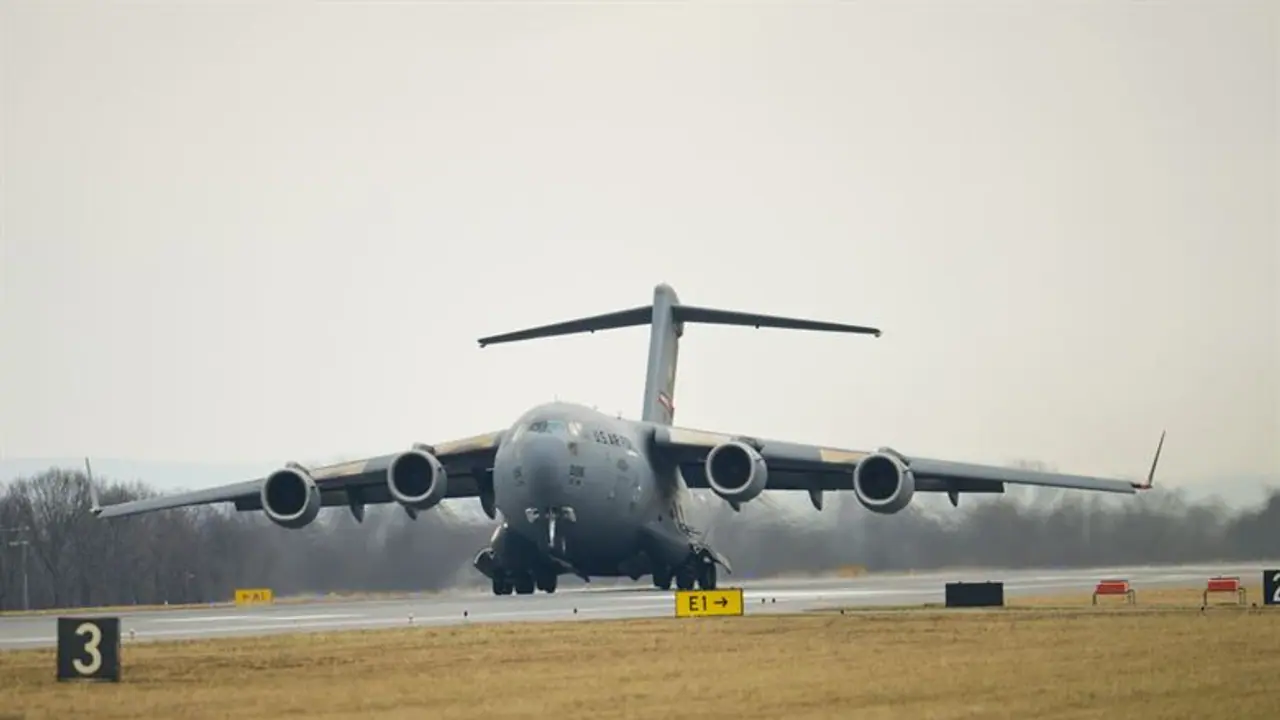The transport fleet of the Indian Air Force efficiently ferried the troops and equipment to inhospitable areas along the LAC under a specialized operation, showcasing the force's enhanced strategic airlift capacity over the years.
The Indian Air Force swiftly airlifted over 68,000 Army soldiers along with around 90 tanks and various other weapon systems to eastern Ladakh from across the country in response to the deadly clashes in the Galwan Valley. High-ranking sources within the defence and security establishment revealed that this operation was undertaken to ensure rapid deployment along the Line of Actual Control (LAC).

To bolster its capabilities, the Indian Air Force strategically positioned its Su-30 MKI and Jaguar jets in the region for continuous surveillance and intelligence gathering regarding enemy activities. In addition, several squadrons of combat aircraft were put on "offensive posturing" following the June 15, 2020 clashes, which marked the most severe military confrontation between the two sides in decades.
The transport fleet of the Indian Air Force efficiently ferried the troops and equipment to inhospitable areas along the LAC under a specialized operation, showcasing the force's enhanced strategic airlift capacity over the years. This came in the midst of escalating tensions, leading to the deployment of a substantial number of remotely piloted aircraft (RPAs) to closely monitor Chinese activities in the region.
The magnitude of the operation involved the airlifting of multiple divisions of the Indian Army, comprising over 68,000 troops, more than 90 tanks, nearly 330 BMP infantry combat vehicles, radar systems, artillery guns, and various other equipment. The combined load transported by the IAF's transport fleet, which included C-130J Super Hercules and C-17 Globemaster aircraft, amounted to 9,000 tonnes, underscoring the growing strategic airlift capabilities of the Indian Air Force.
In response to the clashes, an array of fighter jets including Rafale and Mig-29 aircraft were deployed for combat air patrol. Furthermore, IAF helicopters were engaged in transporting prefabricated structures, ammunition, and equipment spares to mountainous bases. Su-30 MKI and Jaguar fighter jets played a pivotal role in surveillance, ensuring accurate monitoring of Chinese troop positions and movements within a range of approximately 50 km.
Swift action was taken to enhance air defense capabilities and combat readiness by installing radars and positioning surface-to-air guided weapons at frontline bases along the LAC. This comprehensive strategy aimed to bolster the military posture, maintain credible forces, and vigilantly monitor enemy build-up to effectively handle any potential situation.
The operation, carried out in challenging circumstances, successfully achieved its mission objectives according to an undisclosed source. This operation showcased the Indian Air Force's increasing airlift capability when compared to the 'Operation Parakram' period, which followed the 2001 terrorist attack on the Indian Parliament.
The Indian government has focused on enhancing infrastructure development along the approximately 3,500 km long LAC after the faceoff in eastern Ladakh. Additionally, the Indian Army has taken measures to strengthen its combat capabilities, including deploying easily transportable M-777 ultra-light howitzers and equipping units in Arunachal Pradesh with various advanced weapons.
Despite diplomatic and military discussions, Indian and Chinese troops remain in a standoff in certain friction points in eastern Ladakh after more than three years. Both sides currently maintain a troop presence of around 50,000 to 60,000 along the LAC in the region.
A fresh round of high-level military talks between India and China is scheduled for Monday, with India pushing for early disengagement of troops from remaining friction points. National Security Advisor Ajit Doval met Chinese diplomat Wang Yi in July during a BRICS meeting in Johannesburg, seeking a resolution to the tensions that erupted in the Pangong Lake area on May 5, 2020, leading to the eastern Ladakh border standoff.
